How To Protect Fruit Trees From Frost And Freeze
Choosing fruit trees appropriate for your growing zone is best, but you still may need to protect them from extreme cold. Read how.
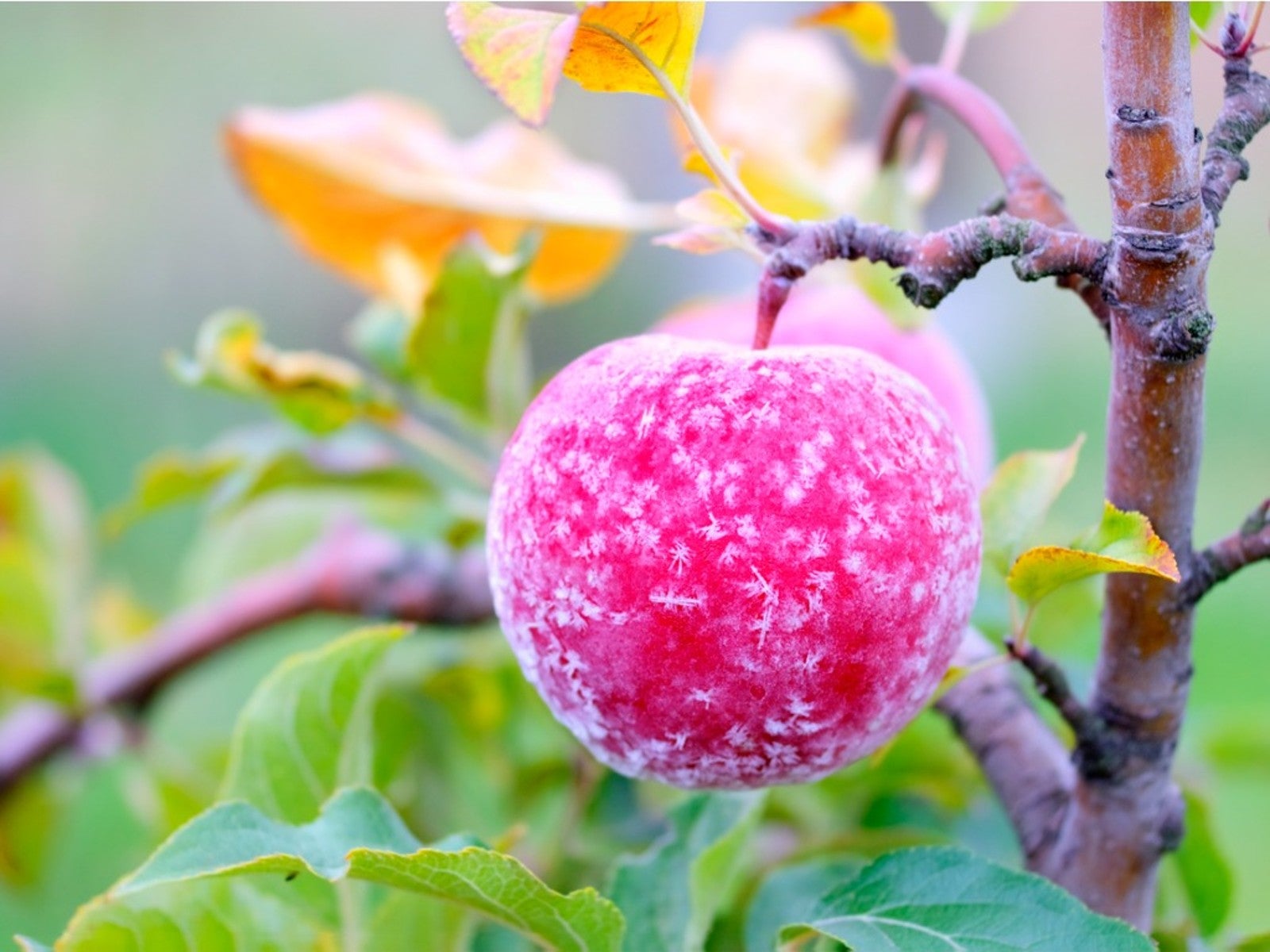

Caroline Bloomfield
It takes several years to grow a fruit tree large enough to produce delicious fruit. During this time, the tree is exposed to many potential dangers in the form of disease and insects, but also weather.
Extreme cold, especially during fruit production and flowering has the potential to decimate the crop. Gardeners should be ready with adequate fruit tree freeze protection so they are ready when the temperatures take a fall.
There are many hardy fruit trees, but even the hardiest can be hurt by sudden drops in temperature.
When they are dormant, the damage is usually minimal, but as soon as the sap starts flowing and budding begins, the tree is at its most vulnerable. Using frost shields for fruit trees can help prevent or minimize damage.
How to cover fruit trees from frost? Preventing frost damage to fruit trees takes gathering a few items and some preparation.
Fruit Trees Freezing Temperatures
Fruit tree hardiness runs the gamut depending on the variety. Most tropical trees will not withstand frost, while many pomes and stone fruits like cherries have quite a bit of ability to withstand cold temperatures.
It is important to select tree species that are hardy to the your specific zone. This information is usually available on the plant tag. Additionally, reputable garden centers and nurseries will not sell outdoor plants that are not able to withstand the region's temperatures.
Gardening tips, videos, info and more delivered right to your inbox!
Sign up for the Gardening Know How newsletter today and receive a free copy of our e-book "How to Grow Delicious Tomatoes".
Once the buds begin to swell, however, trees are susceptible to temperatures below freezing. Their tolerance of cold diminishes as flowers and leaf buds form. If cold temperatures threaten, steps need to be taken to protect the tree and its crop.
Ways to Protect Fruit Trees from Frost
As development of leaves and fruit begins, trees are most likely to receive damage from temperatures around 20 Fahrenheit (-6.7 C). If plants are exposed to these types of cold temperatures while in bloom or just after petal shed, they can lose a significant portion of the crop. New shoots may also be damaged.
A quick and easy way to prevent loss is by covering the tree if possible.
Dwarf and semi dwarf trees can be draped in a sheet or lightweight blanket during the night when temperatures are below freezing. Remove the cover when temperatures are above freezing so the plant can gather solar energy for growth.
Orchard Protection from Freeze
- Large scale productions or home orchards also need protection but in those situations, blankets are not a sensible solution.
- Make sure the soil around your tree's roots is wet. This keeps the soil warmer than dry, frozen soil, and better protects the root zone.
- Frost fans and overhead sprinklers that keep ice wet will help warm the area.
- Keep the area around trees weed free and mow any grass around them. Short grass absorbs heat during the day better than tall grass, and will release it in the night to warm the area.
- There are also frost protection sprays available which must be applied several days prior to expected freezing temperatures.
- In smaller situations, burn barrels will warm the ambient air but they must be tended and are not practical in some cases.

Bonnie Grant is a professional landscaper with a Certification in Urban Gardening. She has been gardening and writing for 15 years. A former professional chef, she has a passion for edible landscaping.
- Caroline BloomfieldManager of Marketing Communications
-
 Try The Trend – Turn Any Bed Into A Keyhole Garden With This Clever In-Ground Composter
Try The Trend – Turn Any Bed Into A Keyhole Garden With This Clever In-Ground ComposterKeyhole gardening is an efficient and sustainable practice that saves space. Get started on this DIY project quickly and easily with an in-ground composter.
By Bonnie L. Grant
-
 4 Superfast Composting Methods: Turn Waste Into Garden Gold In 30 Days Or Less
4 Superfast Composting Methods: Turn Waste Into Garden Gold In 30 Days Or LessTry the fastest composting methods to turbocharge your pile and transform kitchen scraps and garden waste into finished compost in just a few weeks.
By Mary Ellen Ellis
-
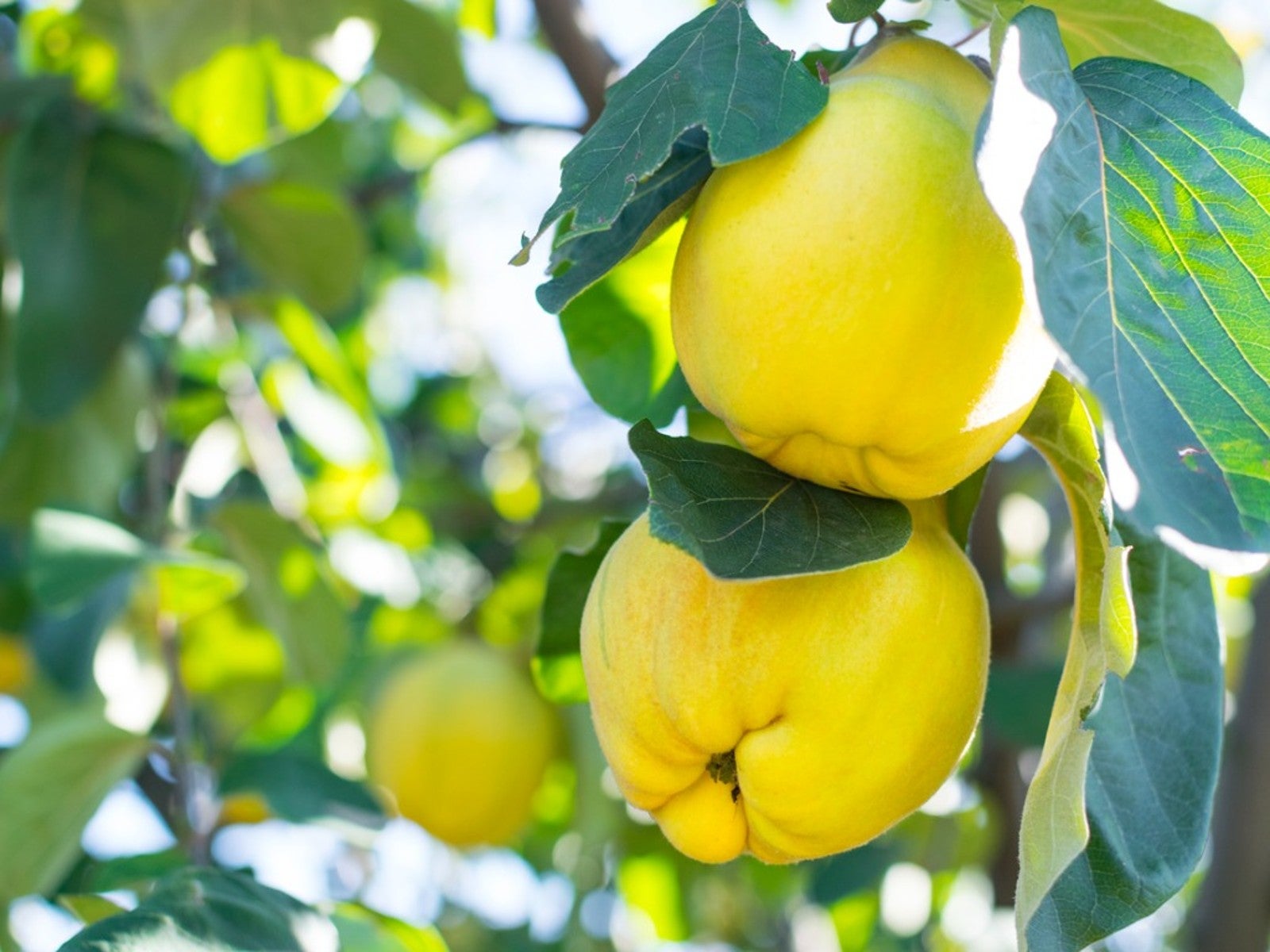 Best Plants For Late Summer and Fall Fruit Harvest
Best Plants For Late Summer and Fall Fruit HarvestEven if you don’t have the optimal conditions for more common fruit trees, there are other end of summer fruits to enjoy.
By Teo Spengler
-
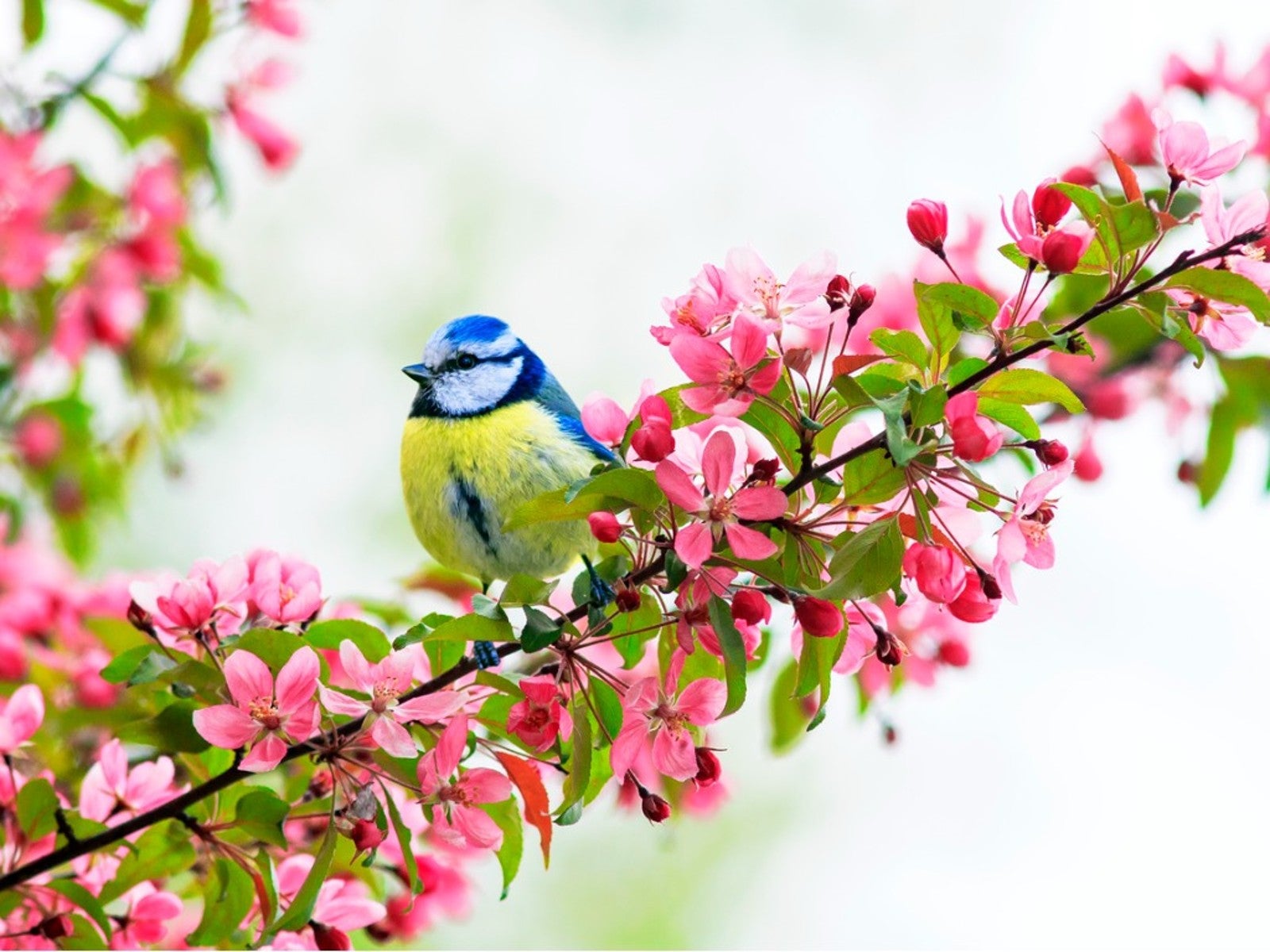 Best Native Fruit Trees To Support Wildlife
Best Native Fruit Trees To Support WildlifeIf you want trees that will attract and feed wildlife, learn the best kinds of edible fruit and nut trees to plant for inviting specific creatures.
By Teo Spengler
-
 Orange Fruit Varieties: Growing Fruits That Are Orange
Orange Fruit Varieties: Growing Fruits That Are OrangeOrange colored fruit isn’t limited to the citrus orange. There are plenty of other orange colored fruit varieties, each packing a healthful punch. Read on for more.
By Amy Grant
-
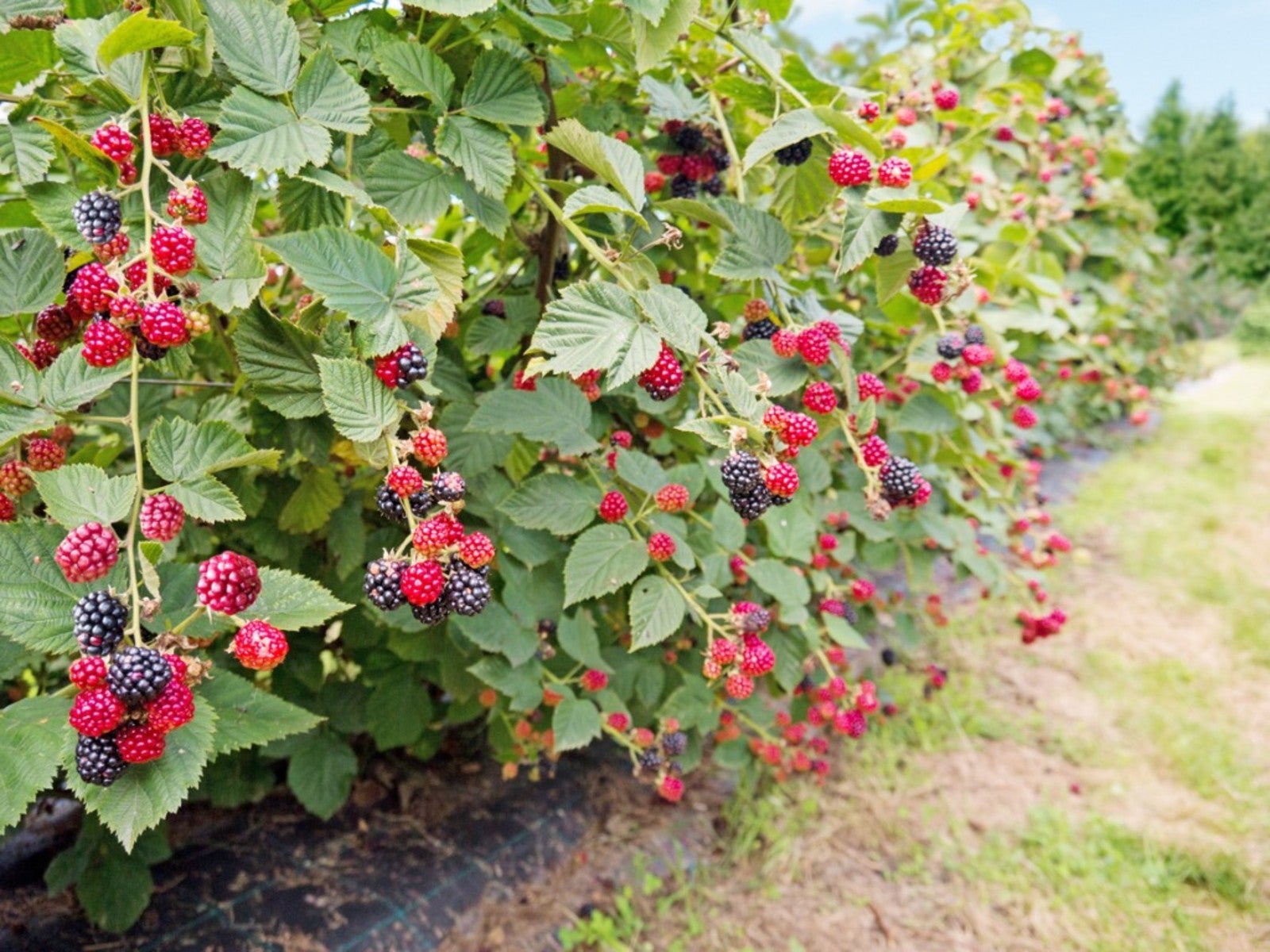 Everbearing Plants: Learn About Everbearing Varieties Of Fruit
Everbearing Plants: Learn About Everbearing Varieties Of FruitWhat does everbearing mean? And more importantly, how do everbearing varieties differ from non-everbearing types? Read on for more.
By Laura Miller
-
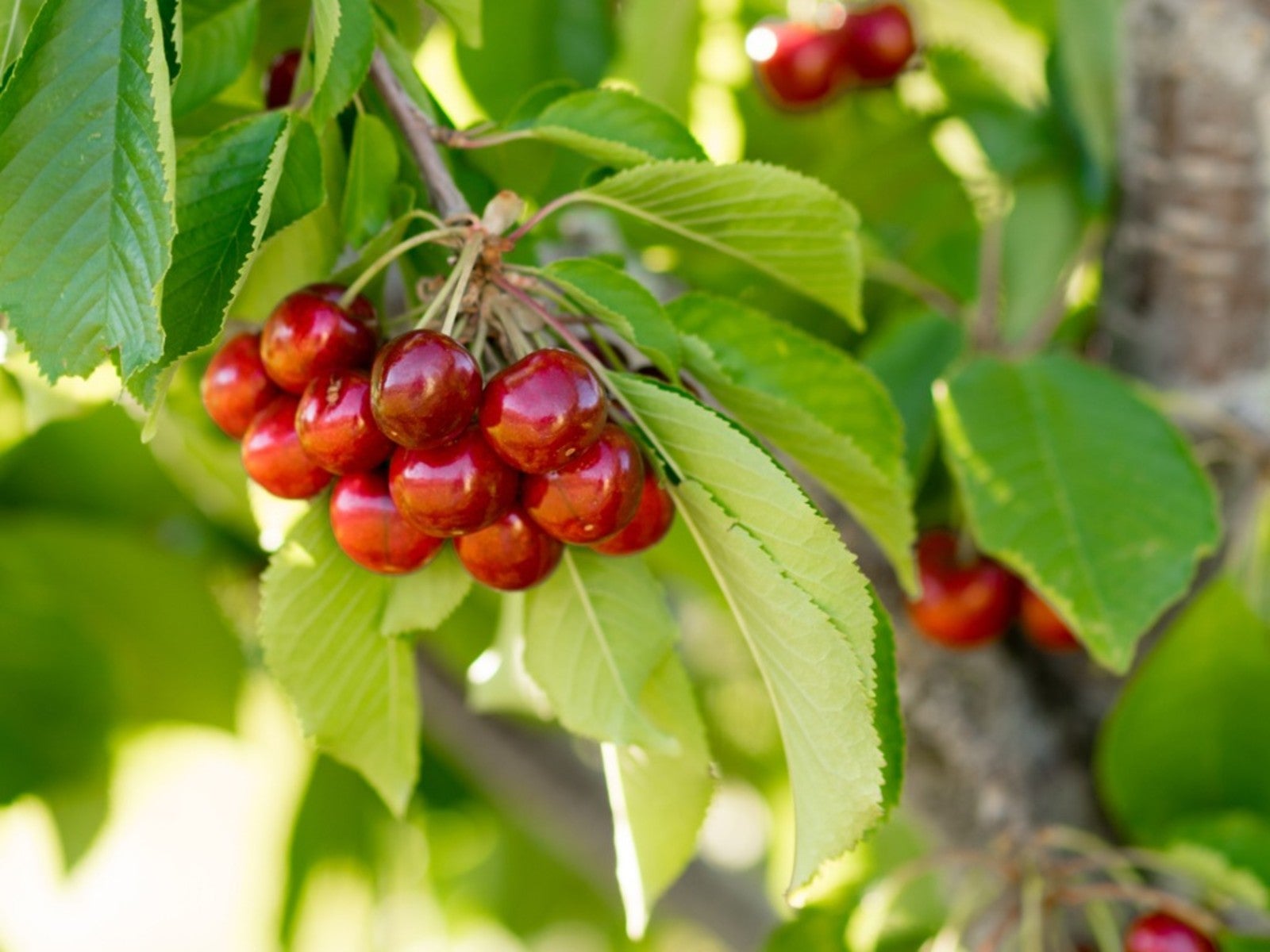 Plant A Red Fruit Garden: Growing Fruits With Red Flesh
Plant A Red Fruit Garden: Growing Fruits With Red FleshPlanting a red fruit garden may seem a bit whimsical. That is, until you realize the health benefits of consuming fruits with red flesh.
By Laura Miller
-
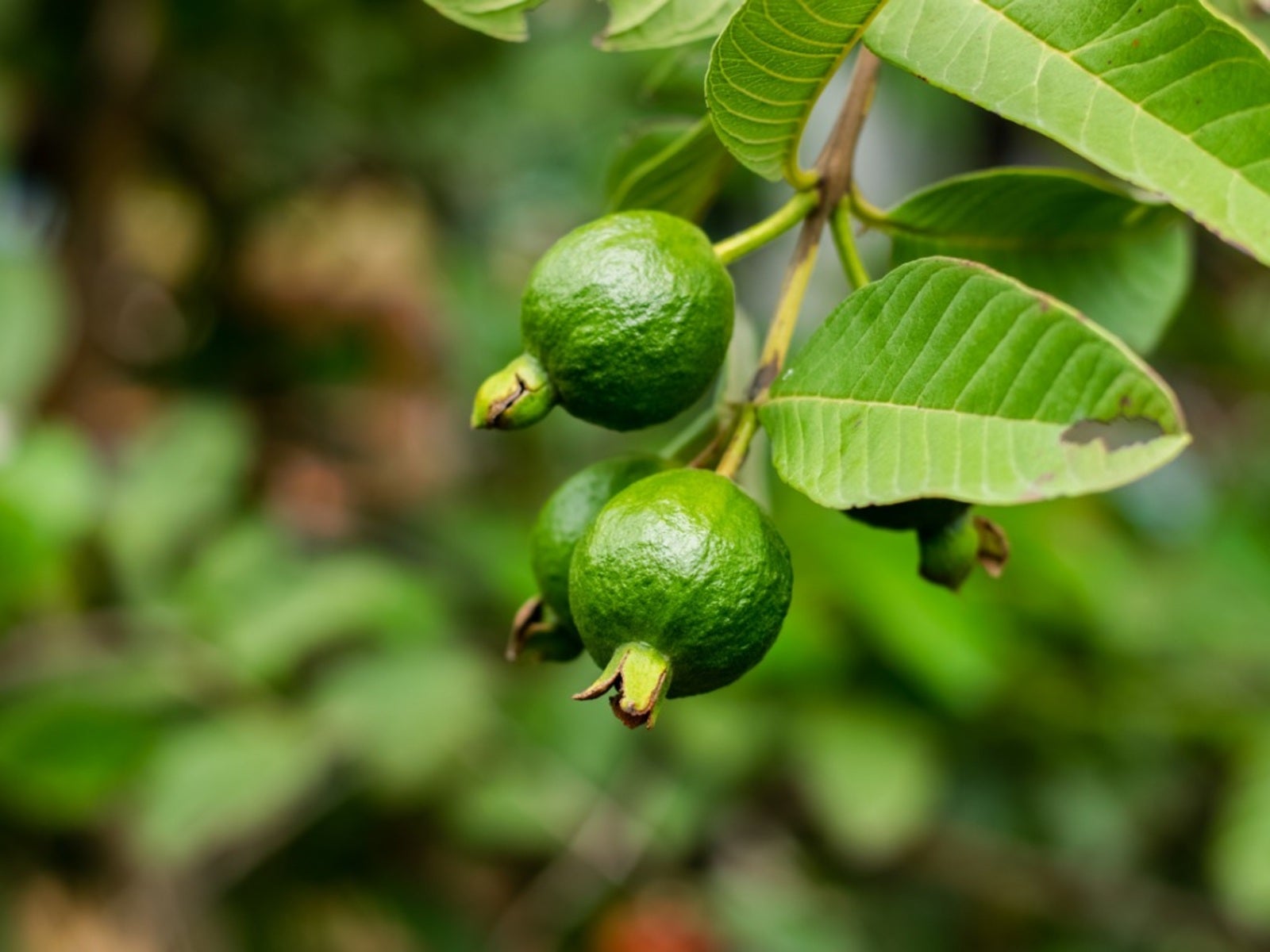 Heat Tolerant Fruits - Growing Fruit In Hot Weather
Heat Tolerant Fruits - Growing Fruit In Hot WeatherSome fruit grows in extreme heat naturally. But there are also specially cultivated, heat-tolerant varieties. For more information on heat tolerant fruits, read on.
By Teo Spengler
-
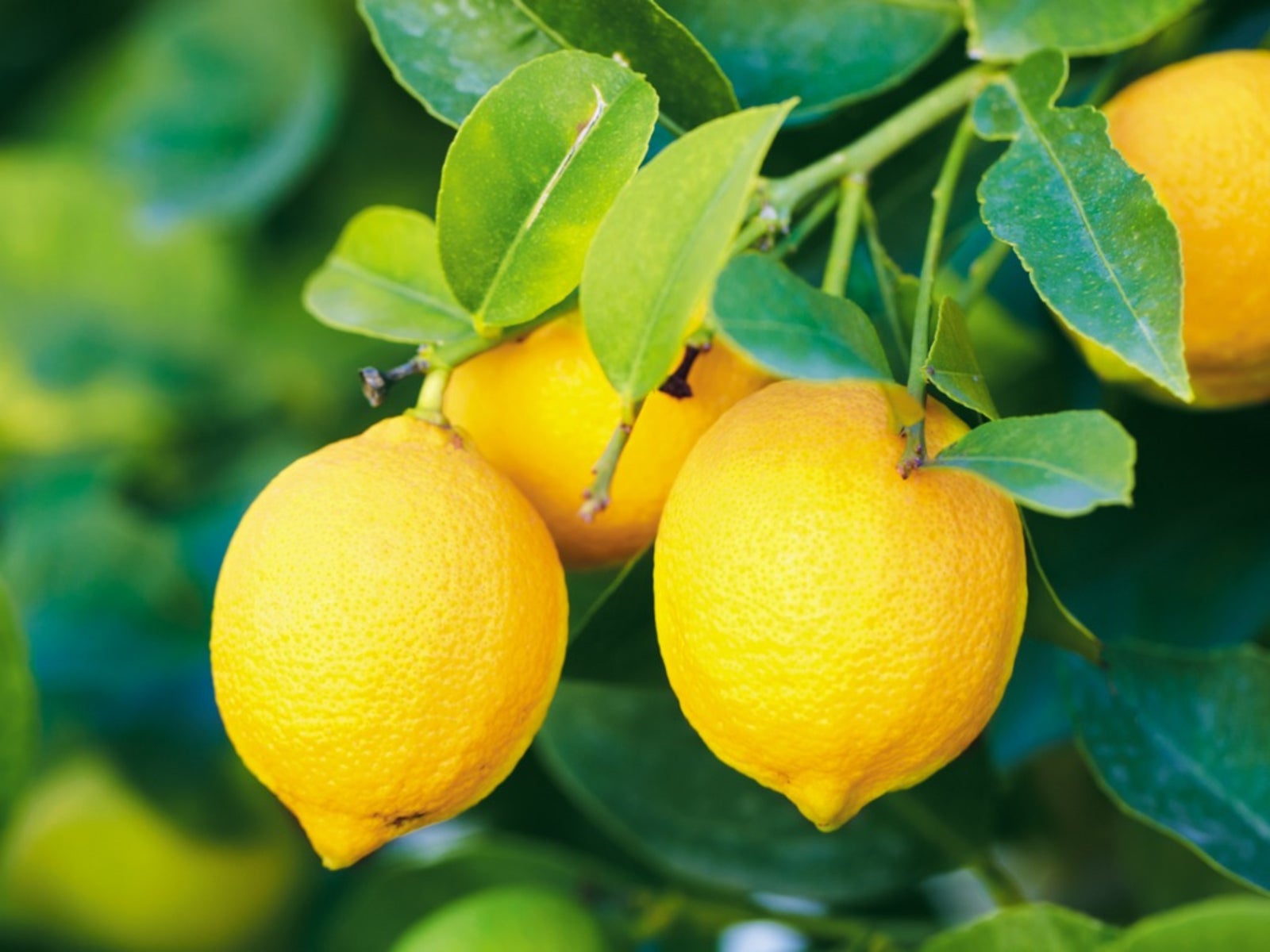 Yellow Fruit Varieties - Growing Fruit That Is Yellow
Yellow Fruit Varieties - Growing Fruit That Is YellowWhat fruit is yellow? There's more than the bananas at the supermarket. Try growing yellow fruit for a consistent supply of sunny food.
By Bonnie L. Grant
-
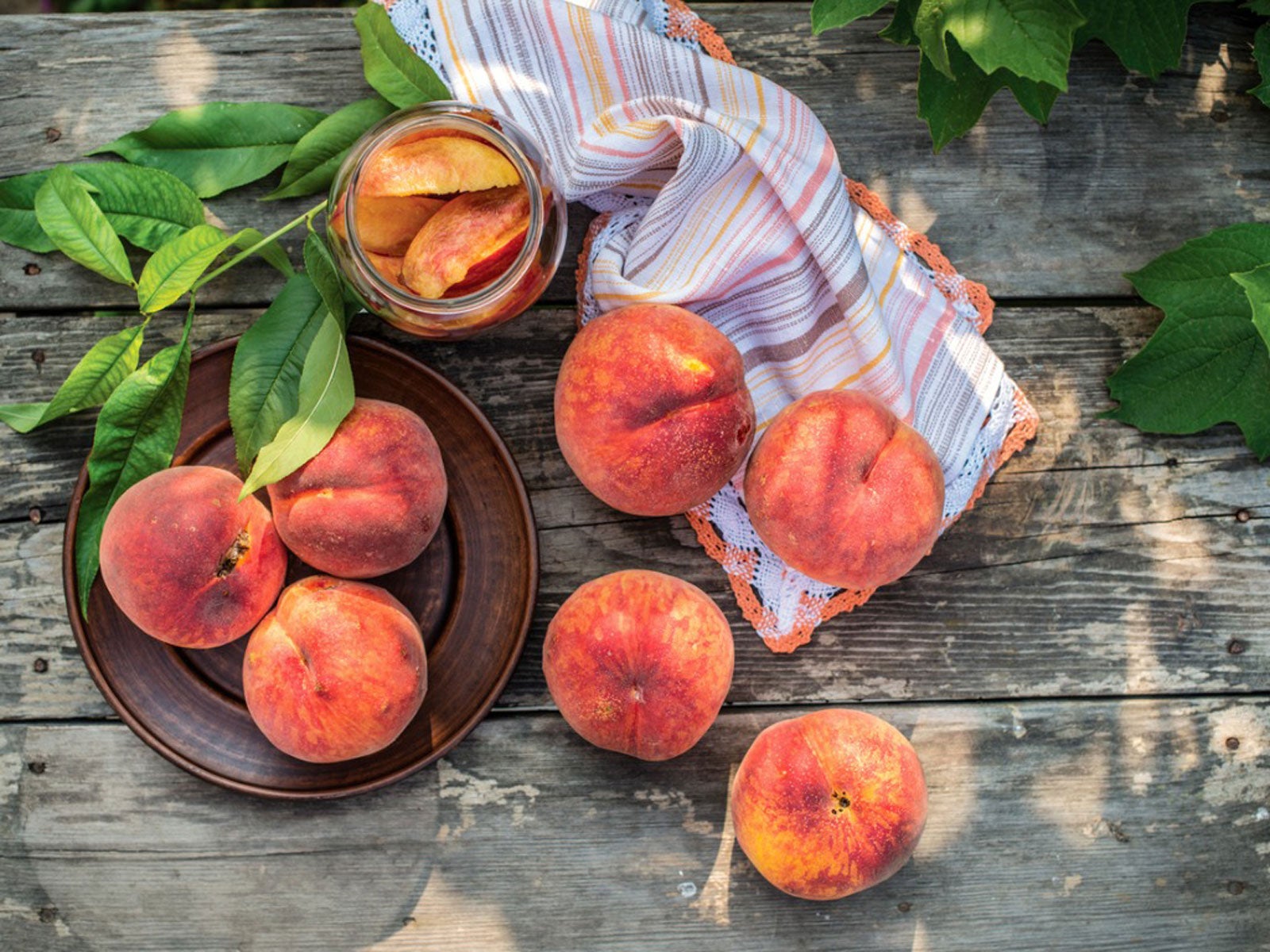 Post Harvest Cooling Guide – How To Cool Fruit Picked From The Garden
Post Harvest Cooling Guide – How To Cool Fruit Picked From The GardenPost-harvest cooling of fruit is used both commercially and by home gardeners. Cooling fruit is important for harvest quality. Click here to learn more.
By Tonya Barnett